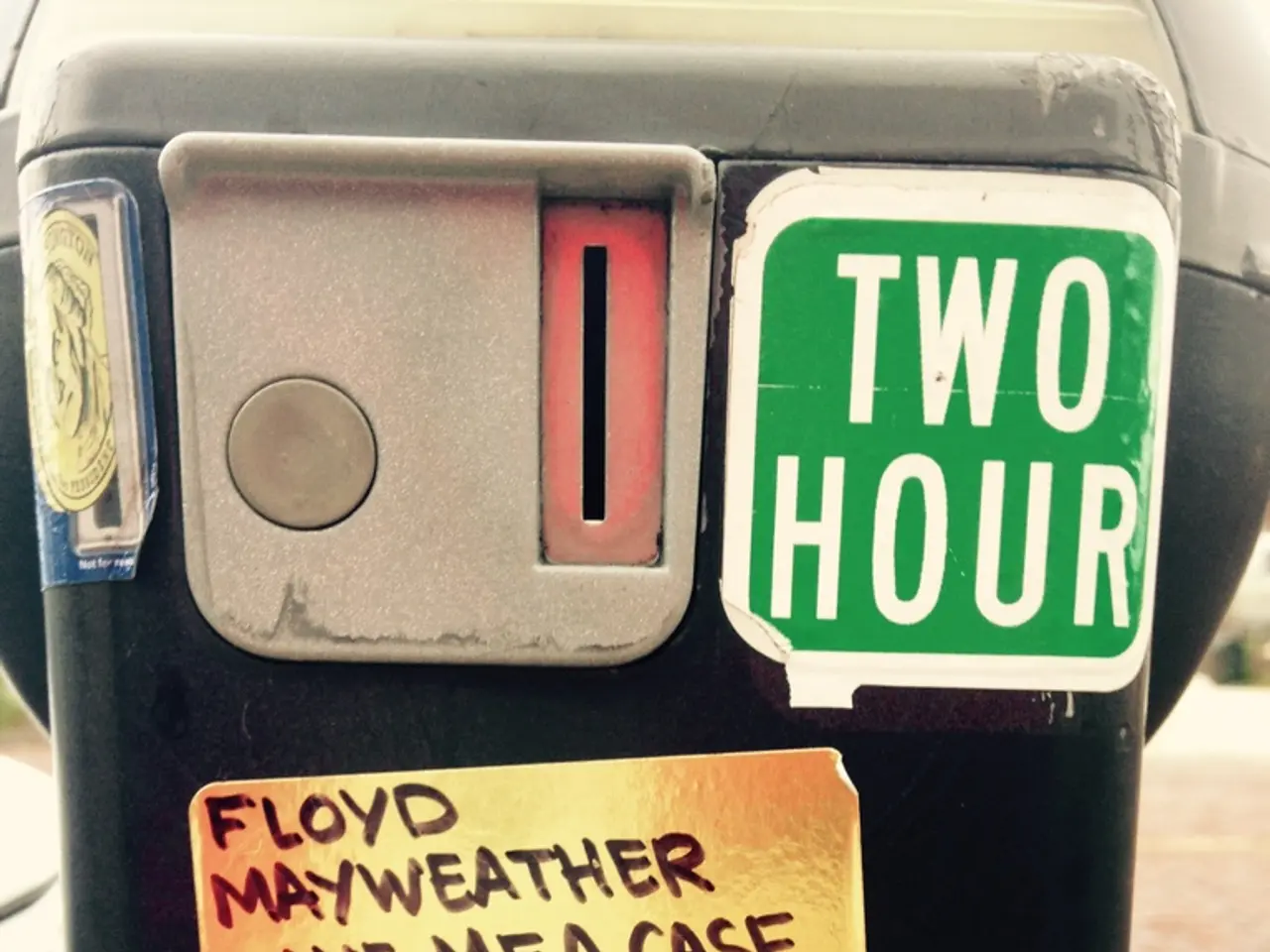Article Opinion: Call for Uniformity: Why Public Security Insists on Equal Regulations Across All Domains
In the ever-evolving world of transportation, ensuring safety and reliability is paramount. This is particularly true for shared ride vehicles, which are increasingly funded with public transit dollars. The proposed standards for these services aim to evolve alongside technology, encompassing both employees and independent contractors who operate, dispatch, or maintain revenue service vehicles.
Current safety regulations for drivers of shared ride vehicles emphasize identification verification, driver vetting, and safe vehicle conditions to protect passengers. For instance, in Saratoga Springs, NY, ride-share drivers must obtain a city medallion and a “Hack” license to comply with safety standards and operator vetting. These regulations are complemented by platform-specific rules from major ride-share platforms like Uber, which enforce guidelines requiring drivers to use approved vehicles, ensure every passenger wears seat belts, and support safety measures such as optional dashcam recordings.
Traditional public transit systems, such as buses and trains, are governed by stricter, established federal and state safety regulations. These often include rigorous vehicle inspections, driver background checks, mandatory training, and established safety protocols onboard. However, shared ride vehicle regulations, especially those funded with public transit dollars, are evolving to close gaps found in the newer micromobility and rideshare market.
The proposed standards for public mobility services should be equitable, transparent, efficient, and adaptable. They should not have special carve-outs based on provider type and should be easy to verify and simple to implement. This is crucial, as public safety, public dollars, and public trust are at stake in the modernization of transit regulations.
One company leading the way in safety is SilverRide, which ensures that all its drivers pass Level II background checks, complete drug and alcohol testing, and have robust credentialing before serving a rider. The FTA's proposed clarification aims to modernize an outdated rule and bring oversight in line with current needs. This clarification seeks to close the gap by bringing oversight in line with how the world works today, ensuring that all riders are protected equally, even when public dollars fund the trip.
Challenges remain, particularly for micromobility devices like e-scooters, where safety infrastructure and uniform rules are less developed. However, the focus on safety and reliability is a step towards seamless integration of these emerging transportation modes with public transit. As we move forward, it's essential to remember that when services are publicly funded, they should meet baseline public safety expectations, regardless of what the vehicle or dispatch system looks like.
Read also:
- Deepwater Horizon Oil Spill: BP Faces Record-Breaking Settlement - Dubbed 'Largest Environmental Fine Ever Imposed'
- Lawsuit of Phenomenal Magnitude: FIFA under threat due to Diarra's verdict, accused of player injustice
- Expansion of railway systems, implementation of catenary systems, and combating fires: SNCF adapting to the summer heatwave
- Citizen Thekla Walker, Minister, advises: "Let's focus on our own homes first"








